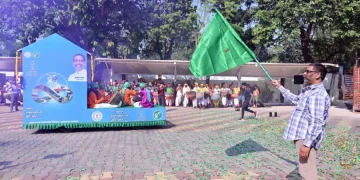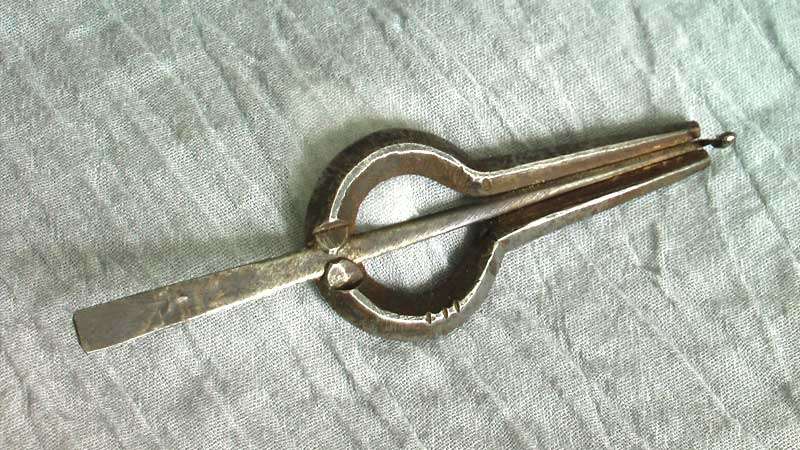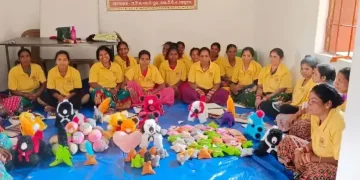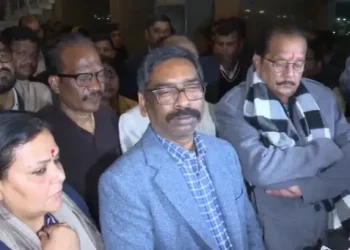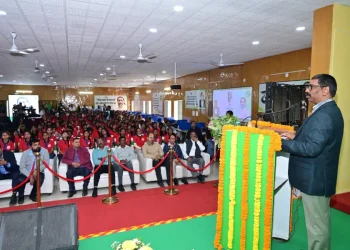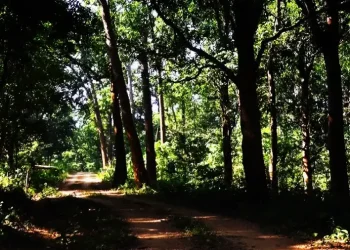The Union Territory’s tribal communities spend their lives in the lap of Mother Earth. They depend upon it for their livelihood and understand the language with which she communicates with them.
On journeys, tribals sing in synchrony with Mother Nature and use their traditional musical instruments to forge bonds with their surroundings
Much of their lives are spent travelling. As summer approaches, many tribes migrate from the plain areas to escape the heat. They descend from the snowclad mountain peaks and green pastures and return to home and hearth only during peak winter season.
Along the journey, the tribals sing in synchrony with Mother Nature and use their traditional musical instruments to forge bonds with their surroundings. Gujjar/Bakerwal tribal and author Dr Javaid Rahi has often observed the use of the Dhol in the folk songs of Jammu & Kashmir.
He said, “While nomads accompany their livestock to the upper reaches, they use handmade musical instruments to send signals and communicate with their animals from a distance.”
Interestingly, tribals can also use some musical instruments to keep predators away from their herds.
One instrument that can often be found in the pocket of nomadic tribals is the Banjli. It resembles a flute and varies in size from less than 12 inches to nearly 30 inches. Folk songs such as Shopia, Maahiya and Jangbaz are picked out on the Banjli.
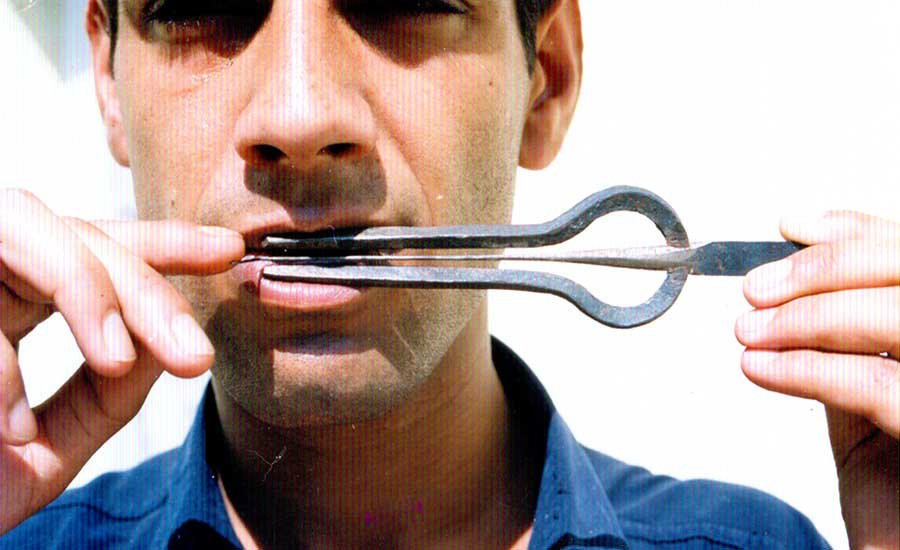
In some pockets, nomads use the chung, a sort of mouth organ. It is five to seven inches long, made of iron with one wire of copper. This tribal chung differs from its Persian counterpart in that it has three parts — a curve joining two straight lines, with a wire in between — and is played by the mouth.
Once very common, this instrument is now dying out. Very few chung players are left among the Gujjars of Jammu & Kashmir.
While carrying out research for his books, Dr Rahi found that a number of traditional tribal musical instruments such as the Chung are now on the verge of extinction.
He emphasised the urgent need to preserve these old instruments, physically and with photographs and descriptions, which is the only way future generations will be introduced to their cultural heritage.








